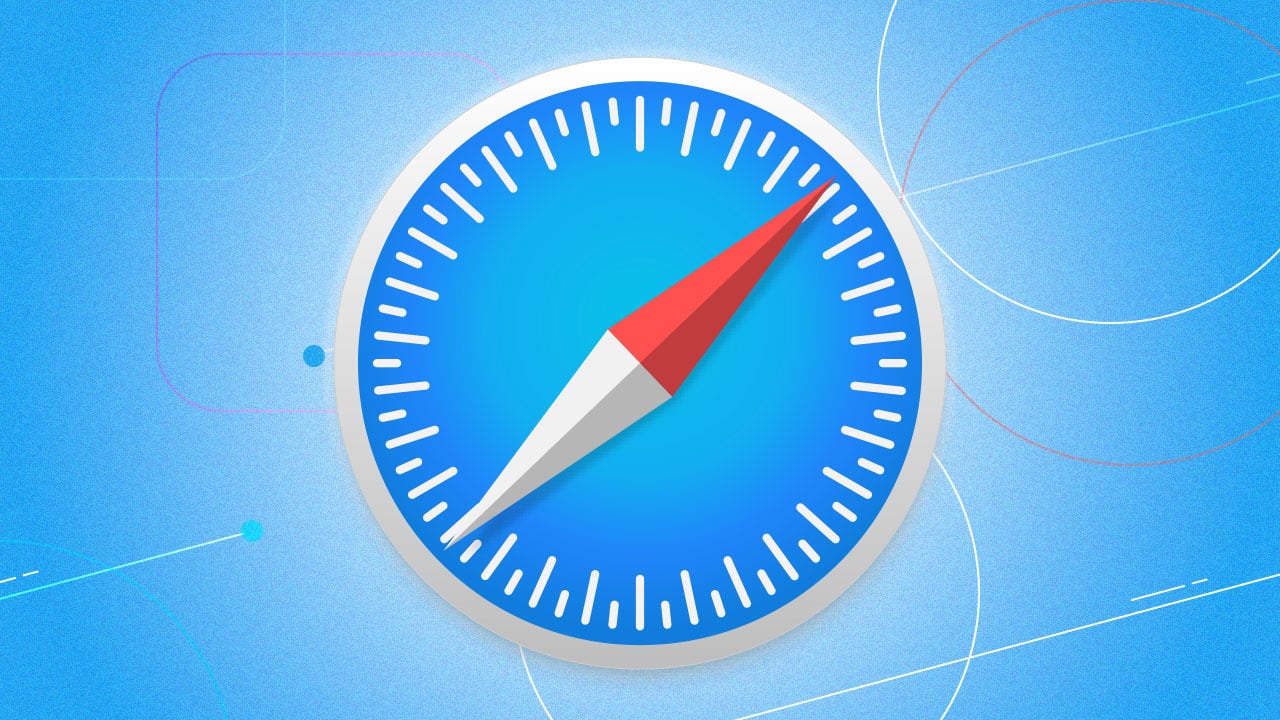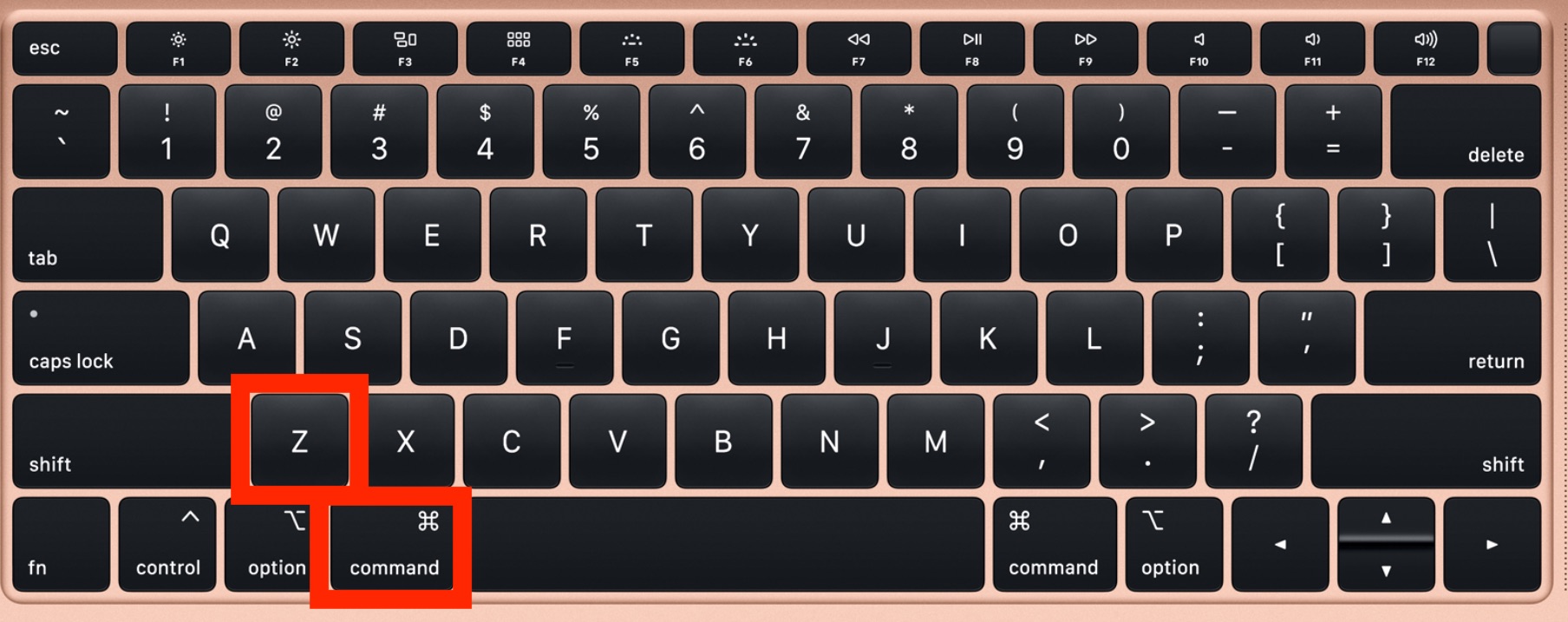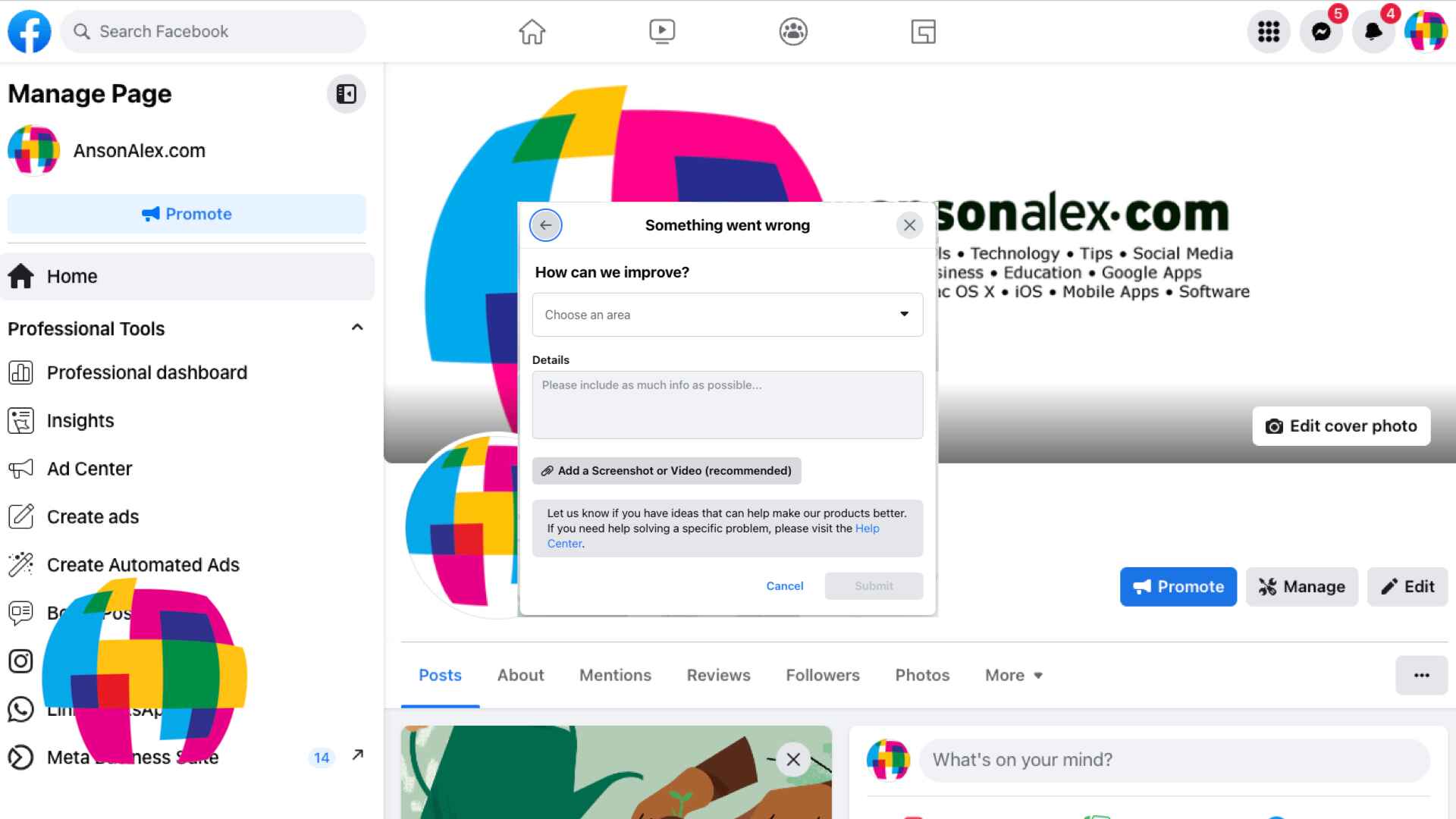Issue Description
Have you ever experienced the frustrating phenomenon where, while browsing the web using Safari, you click the back button only to find yourself not at the previous position on the page, but rather at the top of the previous page? This unexpected leap to the top of the previous page can disrupt the flow of your browsing experience, causing annoyance and inconvenience. It's a common issue that many Safari users encounter, and it can detract from the otherwise smooth and seamless browsing experience that Safari is known for.
This issue can be particularly irksome when you're in the midst of reading a lengthy article, scrolling down to absorb the content, and then decide to navigate back to the previous page for reference or further exploration. Instead of being returned to the exact spot where you left off, you're abruptly transported to the beginning of the previous page, forcing you to scroll all the way back down to find your place again. This disruption can be jarring and disrupt the continuity of your browsing session.
The sudden jump to the top of the previous page can also be disorienting, especially if you were deeply engrossed in the content and now find yourself unexpectedly displaced. It's akin to being immersed in a captivating novel, only to have someone abruptly yank the book out of your hands and transport you to a different chapter. This unexpected displacement can be jarring and detract from the overall browsing experience.
This issue is not only an inconvenience but can also impact productivity and user satisfaction. It interrupts the natural flow of browsing, requiring users to expend additional time and effort to locate their previous position on the page. Furthermore, it can disrupt the continuity of thought and focus, particularly when conducting research or engaging in in-depth reading.
Understanding the nature of this issue is crucial for Safari users who value a seamless and uninterrupted browsing experience. By delving into the possible causes and exploring effective solutions, users can regain control over their browsing sessions and mitigate the frustration caused by this unexpected behavior.
Possible Causes
The unexpected behavior of Safari jumping to the top of the previous page when using the back button can be attributed to several potential causes. Understanding these underlying factors is essential in devising effective solutions to mitigate this disruptive browsing experience.
-
Browser Cache and Memory Management: Safari's handling of cached data and memory management could contribute to the issue. When navigating back to a previous page, the browser's memory allocation and caching mechanisms may not effectively retain the user's scroll position, resulting in a reset to the top of the page.
-
Page Rendering and Dynamic Content: Websites with dynamic content and complex rendering structures can pose challenges for browsers in maintaining scroll position integrity. If the previous page contains dynamically loaded elements or undergoes frequent updates, Safari may struggle to accurately restore the user's previous position upon returning from a subsequent page.
-
JavaScript Execution and Event Handling: The execution of JavaScript events and event handling on web pages can influence the behavior of the back button in Safari. In some cases, JavaScript functions related to page navigation and history management may inadvertently trigger a reset of the scroll position, causing the abrupt jump to the top of the previous page.
-
Browser Extension Interference: Installed browser extensions, while designed to enhance the browsing experience, can sometimes conflict with Safari's native functionality. Certain extensions, particularly those related to page manipulation, scrolling behavior, or history management, may inadvertently disrupt the expected behavior of the back button, leading to the observed issue.
-
Browser Version and Compatibility: Variations in Safari versions and their compatibility with specific web technologies and standards could contribute to the unexpected behavior. Updates to the browser or changes in web standards may introduce compatibility issues that affect the accurate restoration of scroll position when navigating back to a previous page.
-
User Interface Rendering and Layout: The rendering and layout of the Safari user interface, including the navigation bar, toolbar, and page elements, may interact with the back button functionality. Anomalies in the user interface rendering or layout calculations could impact the restoration of scroll position, resulting in the sudden jump to the top of the previous page.
By examining these potential causes, Safari users can gain insights into the intricate factors influencing the back button behavior and take proactive measures to address the issue. Identifying the root causes paves the way for implementing targeted solutions that restore the expected functionality of the back button, ultimately enhancing the overall browsing experience in Safari.
Solutions
Addressing the unexpected behavior of Safari jumping to the top of the previous page when using the back button requires a strategic approach aimed at mitigating the underlying causes. By implementing targeted solutions, users can reclaim control over their browsing experience and restore the seamless navigation that Safari is renowned for.
Clear Browser Cache and Data
One effective solution involves clearing the browser cache and data in Safari. By removing cached files and browsing history, users can eliminate potential inconsistencies that may disrupt the restoration of scroll position when navigating back to a previous page. To accomplish this, users can access Safari's settings, navigate to the "Privacy & Security" section, and select the option to clear browsing data. This action can help reset the browser's state and improve its ability to accurately restore the user's scroll position upon using the back button.
Disable Problematic Extensions
If the unexpected behavior persists, users can consider disabling or removing browser extensions that may be interfering with Safari's native functionality. Certain extensions, particularly those related to scrolling behavior, page manipulation, or history management, can inadvertently disrupt the expected behavior of the back button. By selectively disabling extensions and observing the browsing behavior, users can identify and address potential conflicts that contribute to the issue.
Update Safari and Operating System
Ensuring that Safari and the underlying operating system are updated to the latest versions can also contribute to resolving the observed issue. Updates often include bug fixes, performance enhancements, and compatibility improvements that address known issues related to browsing behavior and user interface rendering. By keeping Safari and the operating system up to date, users can leverage the latest optimizations and enhancements to mitigate the unexpected jump to the top of the previous page.
Utilize Scroll Position Management Tools
For users who frequently encounter the issue while engaging with lengthy articles or dynamic content, leveraging scroll position management tools can offer a practical solution. Certain browser extensions or add-ons are designed to preserve and restore scroll position across web pages, ensuring that users are returned to their previous reading position when using the back button. By integrating such tools into their browsing experience, users can mitigate the disruption caused by the unexpected behavior and maintain continuity in their reading sessions.
Report the Issue to Apple
In cases where the issue persists despite implementing the aforementioned solutions, users can consider reporting the behavior to Apple. Providing detailed feedback and information about the observed behavior can contribute to the identification and resolution of underlying issues within Safari. By actively engaging with the support channels or feedback mechanisms provided by Apple, users can contribute to the ongoing improvement of Safari's browsing experience for themselves and fellow users.
By applying these targeted solutions, Safari users can navigate the unexpected behavior of the back button with greater confidence and minimize the disruption caused by the abrupt jump to the top of the previous page. Understanding the diverse factors influencing this behavior and taking proactive measures empowers users to reclaim a seamless and uninterrupted browsing experience in Safari.
Conclusion
In conclusion, the unexpected behavior of Safari jumping to the top of the previous page when using the back button can significantly disrupt the browsing experience for users. This issue, often attributed to factors such as browser cache management, dynamic content rendering, JavaScript execution, browser extensions, and compatibility considerations, has the potential to undermine the seamless navigation and continuity that users expect from Safari.
By delving into the possible causes and exploring effective solutions, users can regain control over their browsing sessions and mitigate the frustration caused by this unexpected behavior. Clearing browser cache and data, disabling problematic extensions, and ensuring that Safari and the operating system are updated to the latest versions are practical steps that users can take to address the issue. Additionally, leveraging scroll position management tools and reporting persistent issues to Apple can contribute to a more seamless browsing experience in Safari.
It is essential for Safari users to remain proactive in addressing this issue, as it not only impacts individual browsing sessions but also contributes to the overall user satisfaction with the browser. By understanding the intricate factors influencing the back button behavior and taking targeted measures to mitigate the underlying causes, users can navigate the unexpected behavior with greater confidence and minimize the disruption caused by the abrupt jump to the top of the previous page.
Ultimately, the pursuit of a seamless and uninterrupted browsing experience in Safari is a shared endeavor, with users and developers collaborating to identify and address issues that impact the overall usability of the browser. By actively engaging with the available solutions and contributing feedback to Apple, users play a vital role in shaping the future enhancements and optimizations of Safari, ensuring that it continues to deliver a browsing experience that aligns with their expectations and preferences.
In the dynamic landscape of web browsing, the ability to address and overcome unexpected behaviors such as the one observed in Safari underscores the resilience and adaptability of users in navigating the digital realm. Through informed actions and collaborative efforts, users can effectively mitigate browsing disruptions and foster a more seamless and enjoyable experience in Safari, reaffirming its position as a trusted and user-centric browser in the digital ecosystem.

























